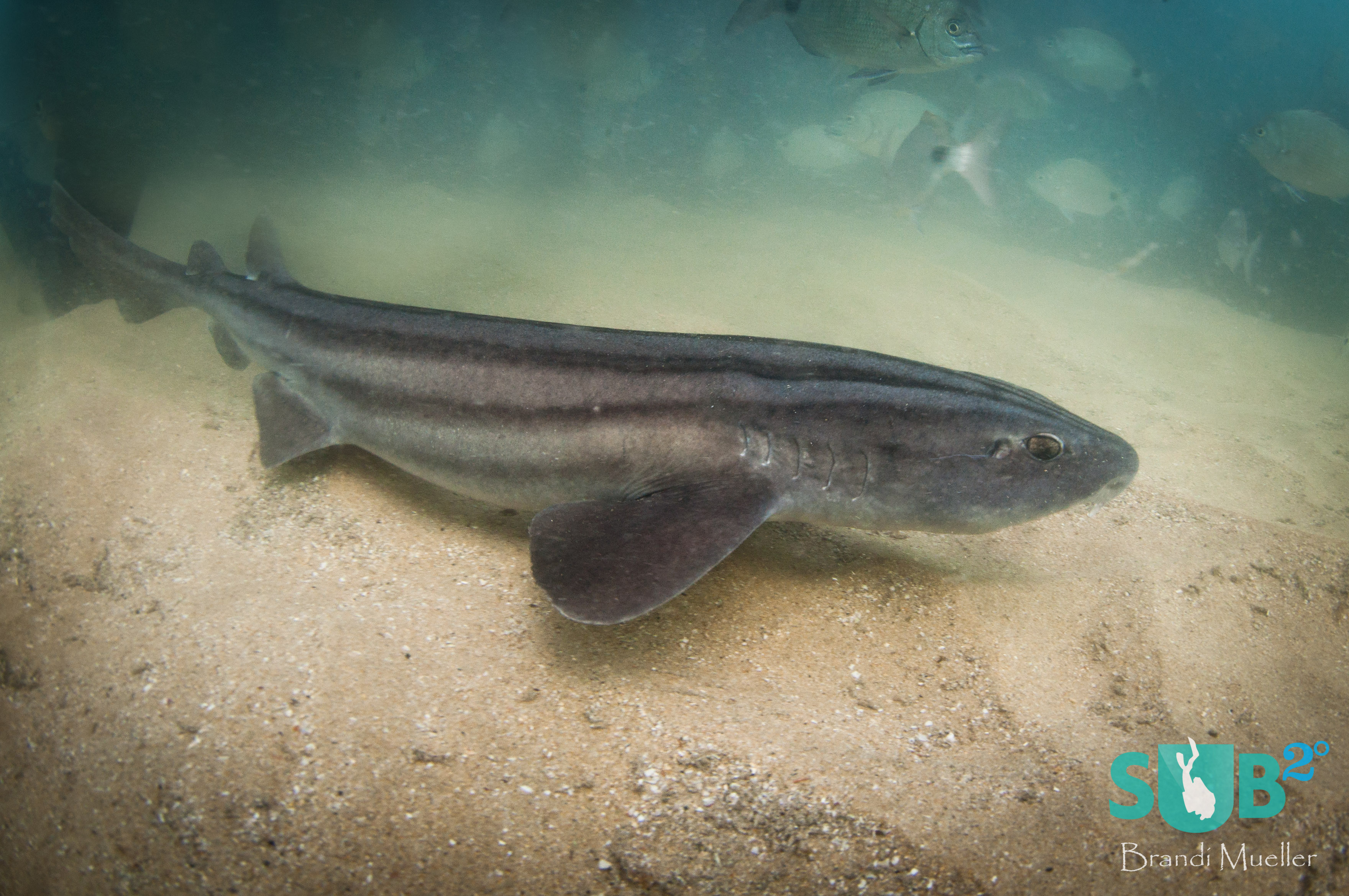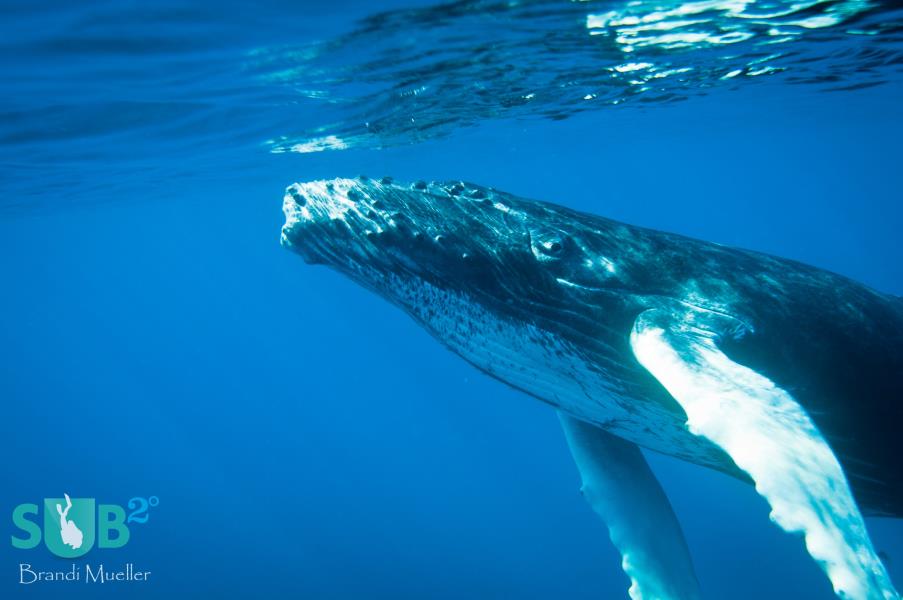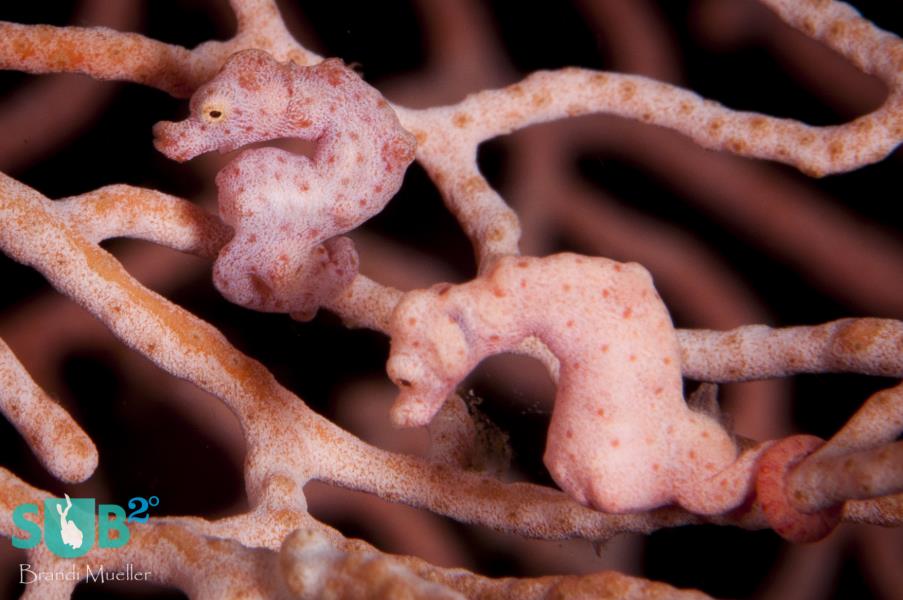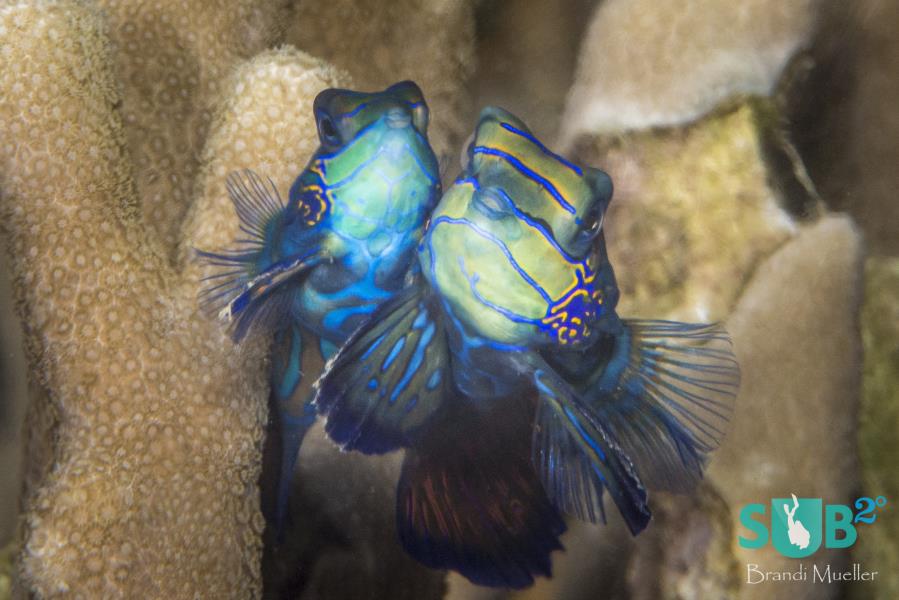-

Pyjama Shark
The pyjama shark is a small species of catshark endemic to South Africa. -

Pyjama Shark
The pyjama catshark has five to seven stripes, reaching from its nose to its tail.
Pyjama Sharks
I was left intrigued after hearing about a dive shop in South Africa that offered dives to see catsharks. I didn’t even know what a catshark was. My dive buddy and I marched ourselves down to Electrodive in Mossel Bay and asked what the likelihood of seeing a catshark was. We were shocked with their response of, “Almost 100%.” After further questions, the divemaster simply pointed down to the beach directly in front of the dive shop and said he would show us some on a shore dive just off the beach.
Endemic to the coastal waters of South Africa, the pyjama sharks (Poroderma africanum)- a small species of catshark- are abundant bottom dwelling sharks, found in shallow waters at depths past 300ft. We had just gotten in the water and our dive guide pointed out the first pyjama shark at a depth of about seven feet. They are nocturnal and prefer rocky reefs and kelp beds. This one was sleeping under a few rocks.
Only about two feet long with five long black stripes running from head to tail, the catshark had a blunt snout and had points extending above it mouth – I call them its whiskers. They story goes that catsharks got their name from they way they sleep; they curl their tail around their body until it covers their eyes, just like a sleeping (land) cat.
Reaching a maximum length of about three and a half feet, these docile sharks weigh only 15-17 pounds. Catsharks eat small fish and cephalopods including squid. They are prey to large fish and larger sharks including the sevengill cow shark, which often shares the same habitat.
There isn’t a lot of long-term data on population numbers of catsharks, but it is thought that numbers have been going down. The pyjama shark is listed as Near Threatened by the International Union for Conservation of Nature (IUCN) due to their small habitat area and accidental fishing. They are often a by-catch of both commercial and recreational fisherman and end up in long lines, gill net, and bottom trawls. Local fishermen also consider them pests because they often eat the same things they are trying to catch. There is a slight risk from aquarium trade too, as the catshark does well in captivity; it is small and easy to feed.
Featured Posts
-

Humpbacks of the Silver Bank
Nothing compares to being in the water with a 40 foot humpback whale. These beautiful and graceful animals are nothing short of amazing. The Silver Bank is a winter gathering place for humpbacks and more recently, snorkele...
-

On Seahorse Love
When boy meets girl in the world of seahorses a beautiful and often extensive courtship occurs. They change colors and entwine their tails. Then they rise off the seafloor and the female deposits her eggs into the male’s p...
-

Mandarinfish-The Courtship Dance
On the reefs of the Pacific, twilight marks the beginning of the mandarinfish courtship dance. A male begins dancing, and if he’s desirable, an interested female will join. Just before the sun sets, the two fish will rise u...


Load more comments